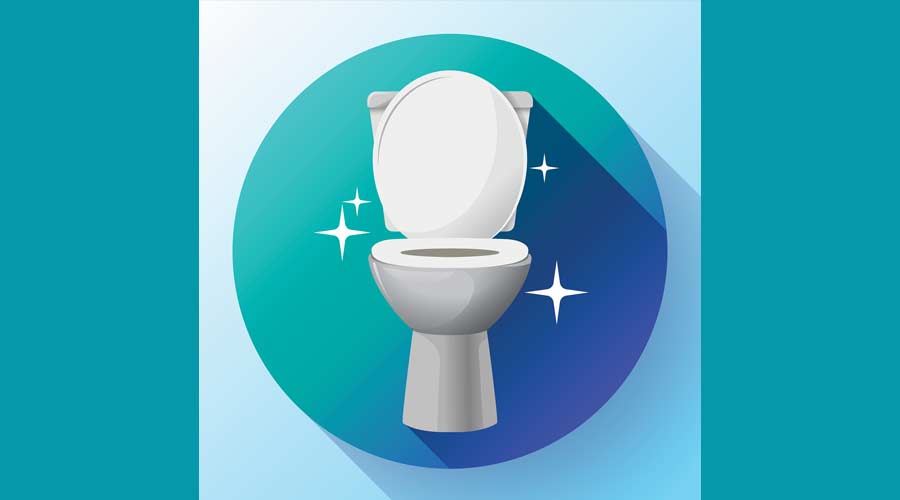
Contributed by ProNatural Brands
As much as 85 percent of the water in the United States is hard water because it contains minerals such as calcium and magnesium.
One of the problems with hard water is that it often leaves limescale deposits in toilet bowls. Limescale is alkaline. It starts out white and chalky but, over time, grows darker. The toilet bowl soon develops a red-brown appearance, which is very unsightly.
“There is even more of a limescale problem today than in the past due to the pandemic,” says Lee Chen, COO of ProNatural Brands, LLC., makers of natural, citrus-based cleaning solutions.
“Toilets in unused facilities have not been flushed regularly, allowing the limescale to develop and stain the toilet.”
So, how can limescale be removed? Chen suggests doing the following:
• Flush the toilet a couple of times. Sometimes limescale deposits can be removed just by repeat flushing.
• Gently scrub with a toilet brush. If limescale deposits remain in the bowl after flushing, a gentle scrub might loosen the limescale so it can be flushed away. However, too vigorous a scrub can damage the inside of the bowl.
• Avoid traditional cleaners. Most all-purpose cleaning solutions, sanitizers, or disinfectants are not designed to remove limescale and are usually ineffective.
• Avoid cleaning solutions containing bleach (sodium hypochlorite). Because of the mineral content in the water, there is the possibility of a chemical reaction occurring when using bleach.
• Be careful using muriatic acid. Muriatic acid (hydrochloric acid) can remove limescale deposits. However, it is very corrosive, can be dangerous to the skin and eyes, and should not be inhaled.
• Use citric acid cleaning solutions. Flush the toilet and either spray the toilet bowl with a citric acid cleaning solution or pour a small amount into the water. Allow it to dwell for a couple of hours, then gently scrub and flush.
“If the rust stains remain, this [cleaning] process may need to be repeated,” says Chen.
“However, using a citric acid cleaning solution is a safe and effective way to remove limescale and regular use can help reduce the chances of it developing again.”

 The Down and Dirty on Cleaning in Virus Season
The Down and Dirty on Cleaning in Virus Season How Surfactant Use is Expanding in Commercial Cleaning
How Surfactant Use is Expanding in Commercial Cleaning